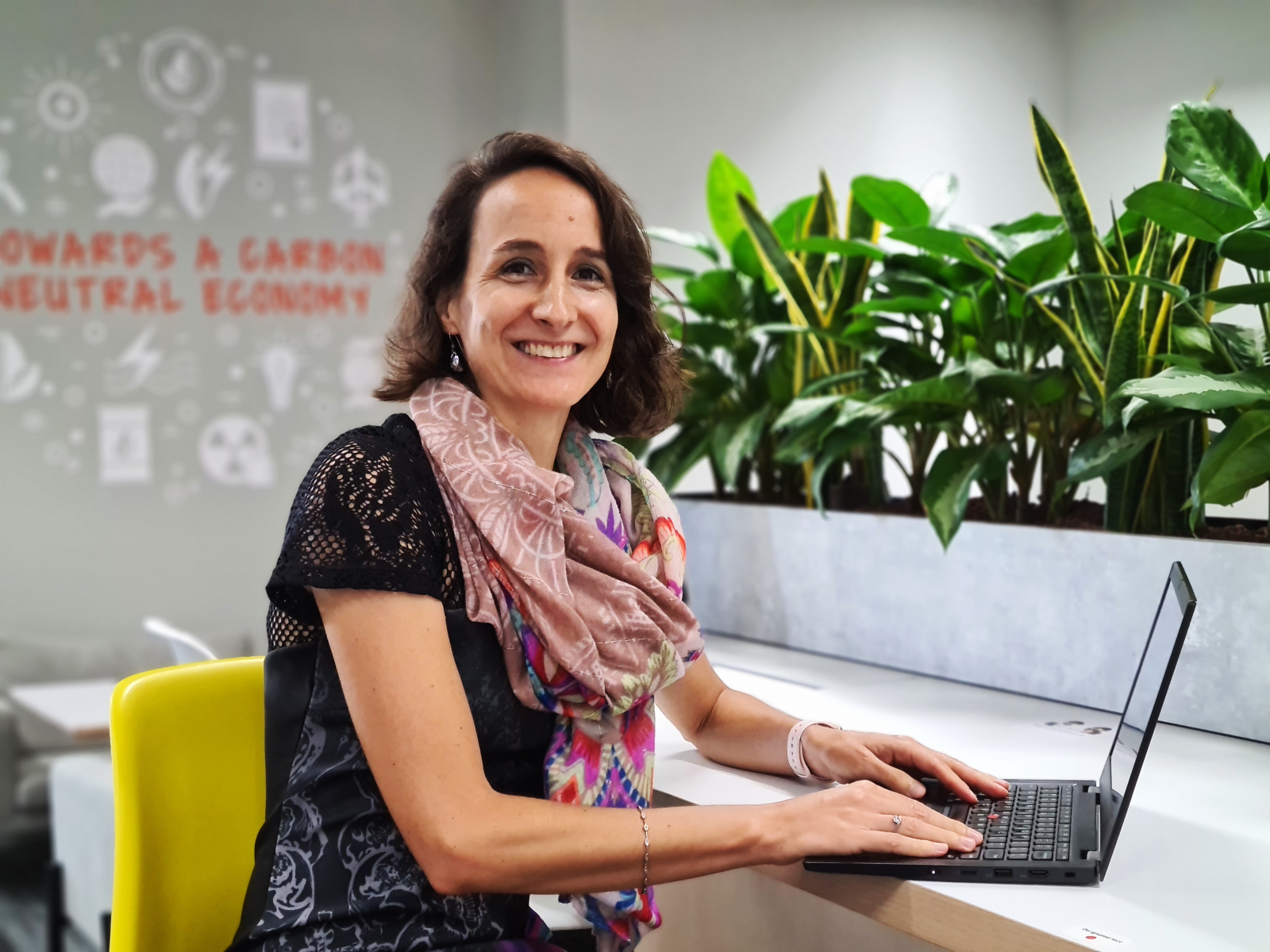-
25/04 2022
How Semiconductor Companies Can Reduce Carbon Footprint While Meeting Demand
Semiconductors have found their way into every corner of our day-to-day life. On average, a new car now contains 1,400 semiconductor chips. Given the current chip crunch and the global push to accelerate the energy transition, the semiconductor industry faces the multifaceted challenge of increasing production capacity, while keeping energy costs under control and reducing carbon footprint. With energy costs now accounting for up to 30% of a fab’s operational costs, we asked Anne MICLO and Karen NG how new production facilities can be developed with energy efficiency as a key design criteria.
 |
|
Anne Miclo - Head of Engineering, ENGIE South East Asia
|
|
Qn: How do you accelerate the energy transition in your role at ENGIE?
We bring a broad range of tailor-made energy solutions to real estate, data centers and industries. This means that we design, build, finance and operate energy and utility assets with a special focus on minimizing our client’s overall energy costs. We don’t just look at the investment costs, but also consider the asset’s operation, maintenance and energy consumption and develop the solution that best matches our client’s needs.
Qn: As the semiconductor industry faces the challenge of improving energy efficiency, what lessons can the semiconductor industry learn from other ‘power-hungry’ industries?
Companies are increasingly motivated to play their part to tackle climate change. Yet, it is difficult to act if it is unclear what drives energy consumption. The key to energy efficiency is therefore to understand your energy consumption. For industry, it is often the utility production that drives energy consumption. A first focus should be to improve the efficiency of utility production or even completely refurbish existing central utility buildings. As many semiconductor companies are increasing production capacity, this is really the right time to design with sustainability in mind. Compared to upgrading an existing factory, it is just much easier to make utility production more efficient when you develop a new factory.
|
 |
|
Karen Ng - Head of Digital Solutions, ENGIE South East Asia
|
|
Qn: How can digital tools help to make a factory green?
Digital is an enabler for sustainability. Energy efficiency initiatives often start with the deployment of digital solutions to analyze the energy consumption of factories. Based on the analysis, we can prioritize the energy conservation measures that achieve the most cost and CO2 savings.
Qn: What are the main challenges in implementing energy efficiency projects?
Not all companies have the means or expertise to embark on a sustainability journey. Some measures, like solar PV, are relatively easy to implement with limited CAPEX. Others, such as optimizing or retrofitting the utility plants, require more expertise and investment. The industry is adapting to this and energy experts like ENGIE offer Zero-CAPEX business models to enable factories to reduce energy costs without having to make any investments themselves. This is also helped by new government regulations and initiatives that dictate the minimum efficiency of chillers and offset the sky-rocketing energy prices and increasing carbon taxes.
|
It is crucial for the industry to look for holistic ways to tackle the challenge and set their business priorities. The urgency is real and we urge the semiconductor industry to work collectively together to focus on sustainability and energy efficiency and continue to be at the forefront of the energy transition.